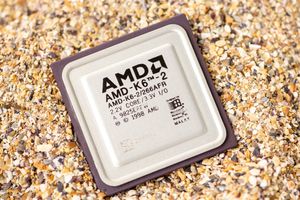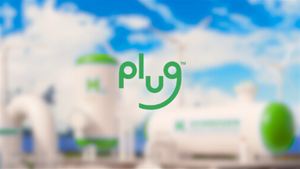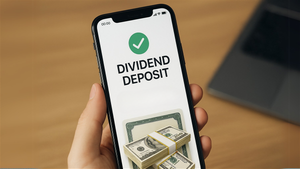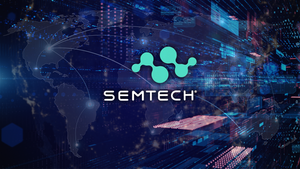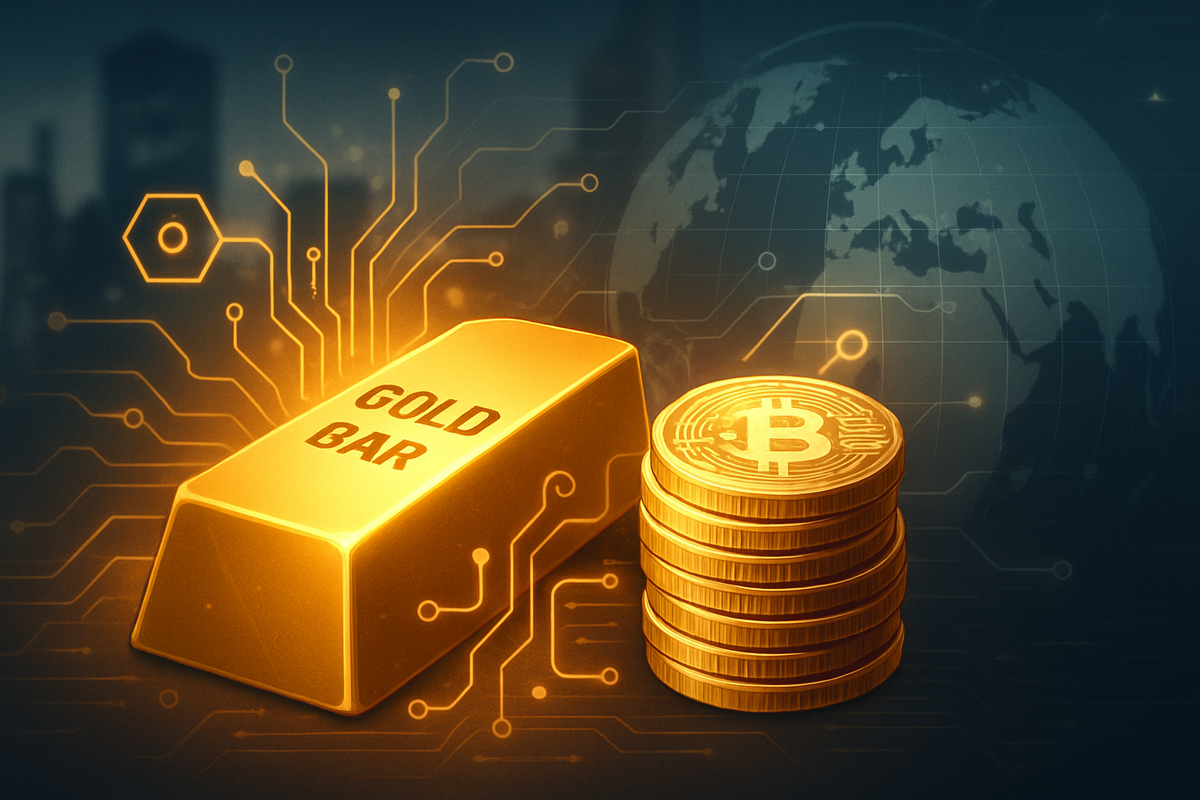
The intersection of traditional finance and cutting-edge blockchain technology is currently witnessing a historic moment as gold-backed crypto tokens have surged past an unprecedented $3 billion in market capitalization. This remarkable milestone coincides with a record-breaking rally in physical gold, which on October 7, 2025, briefly topped $4,007 per ounce for the first time ever. The dual surge underscores a profound shift in investor sentiment, driven by escalating global economic uncertainty and geopolitical tensions, pushing both institutional and retail investors towards the perceived safety of precious metals, now increasingly accessible through digital assets.
This convergence highlights a growing appetite for real-world asset (RWA) tokenization, offering a novel blend of gold's enduring stability with the liquidity and transparency of blockchain. While traditional safe-haven assets typically attract demand during turbulent times, the rapid ascent of tokenized gold suggests a new paradigm for hedging against inflation and market volatility, presenting both significant opportunities and complex challenges for the broader financial ecosystem.
The Golden Digital Rush: Tokenized Assets Mirror Physical Metal's Ascent
The market capitalization for tokenized gold has reached a staggering $3.02 billion, with reports indicating it briefly touched $3.04 billion, marking a significant leap from previous highs. This impressive growth is largely dominated by key players such as Tether Gold (XAUT) and Paxos Gold (PAXG), which together command approximately 89% of the tokenized gold market. XAUT's market cap is nearing $1.5 billion, while PAXG stands at about $1.19 billion. Other tokens like Kinesis Gold (KAU) and Quorium (QGOLD) have also experienced substantial increases, with all four major tokens seeing their value rise by 40% or more over the past 12 months. This surge is not merely speculative; trading volumes for PAXG and XAUT have spiked dramatically, with monthly turnover for both exceeding $3.2 billion in September, reflecting robust demand.
The primary drivers behind this digital gold rush are multifaceted. Investors are increasingly seeking stable alternatives amidst a backdrop of global economic uncertainty, persistent inflation concerns, and ongoing geopolitical conflicts, such as those in Ukraine and Taiwan. The advantages of tokenization are also playing a crucial role, offering fractional ownership that makes gold more accessible and affordable to a wider range of investors. Furthermore, these digital assets eliminate the logistical concerns of physical storage and security, provide increased liquidity with 24/7 trading, and offer enhanced transparency through blockchain technology, effectively combining gold's traditional stability with crypto's technological efficiencies. The broader trend of Real-World Asset (RWA) tokenization, which has seen its market capitalization reach $21.6 billion, provides a fertile ground for the continued expansion of gold-backed tokens.
Simultaneously, the physical gold market is experiencing an unprecedented rally. On October 7, 2025, spot gold briefly touched an all-time high of $4,007 per ounce in international markets, trading consistently around $3,960-$3,993 per ounce. This marks an astonishing climb of nearly 50-51% since the beginning of 2025, positioning it as gold's best year since 1979. In India, MCX gold futures also reached a new record of ₹1,20,900 per 10 grams. This rally is fueled by a confluence of global factors including heightened geopolitical tensions, concerns over global economic stability, and the ongoing U.S. government shutdown, which has amplified fiscal stability worries. Aggressive gold purchases by global central banks, driven by strategic diversification away from dollar-denominated assets and de-dollarization efforts, have also provided consistent support, with central banks acquiring over 1,000 tons of gold in 2024 for the third consecutive year. The persistent inflation concerns and expectations of Federal Reserve interest rate cuts further enhance gold's appeal as a non-yielding asset, while a weakening U.S. dollar makes the metal more attractive to international buyers.
The immediate implications for financial markets are significant. This dual surge signifies a convergence of traditional and digital finance, creating new trading opportunities and asset classes. Gold, and by extension gold-backed tokens, are serving as crucial hedges against market volatility and inflation, driving a notable shift in investor sentiment towards safety. Interestingly, despite Bitcoin (BTC-USD) also reaching a new all-time high of $126,200, gold has outperformed the leading cryptocurrency in 2025, indicating a preference for the traditional safe-haven asset in the current turbulent environment. However, investors must also be aware of the inherent risks associated with gold-backed tokens, including the potential for issuer bankruptcy, theft or loss of the underlying gold, and hacking risks inherent to blockchain technology, in addition to the natural price fluctuations of gold itself.
Corporate Fortunes in the Golden Tide: Winners and Watchers
The unprecedented surge in both physical gold and gold-backed crypto tokens is reshaping the fortunes of various public companies and market sectors. Companies at the forefront of tokenized gold issuance are clear beneficiaries, experiencing substantial growth in market share and trading volume. Tether Holdings Limited, the issuer of Tether Gold (XAUT), and Paxos Trust Company (PAXG), are seeing their platforms gain significant traction, validating their early bets on real-world asset tokenization. Their ability to provide a liquid, accessible, and transparent digital representation of gold positions them as key players in this evolving financial landscape. Other token issuers like Kinesis Money (KAU) and Quorium (QGOLD) are also expanding their user base and asset under management. This trend could also benefit blockchain infrastructure providers and crypto exchanges that list these tokens, as increased trading activity translates into higher fees and greater network utilization.
Traditional gold mining companies and precious metals investment vehicles are also riding the wave of record gold prices. Major gold miners such as Newmont Corporation (NYSE: NEM), Barrick Gold Corporation (NYSE: GOLD), and Agnico Eagle Mines Limited (NYSE: AEM) are likely to see improved revenue and profitability margins, assuming their production costs remain stable. Higher gold prices typically boost their earnings, potentially leading to increased dividends or share buybacks, which are attractive to investors. Similarly, precious metals Exchange Traded Funds (ETFs) like SPDR Gold Shares (NYSE Arca: GLD) and iShares Gold Trust (NYSE Arca: IAU) are experiencing significant inflows, reflecting increased investor demand for convenient exposure to gold without the complexities of physical ownership. These traditional avenues remain popular, even as digital alternatives gain prominence.
However, the landscape presents challenges for some. Traditional gold custodians and vaulting services might face increasing competition from tokenized solutions if the market continues its shift towards digital ownership, although the physical gold still needs to be stored somewhere. The rise of gold-backed tokens could also subtly impact the demand dynamics for fiat-backed stablecoins, as investors seeking stability might diversify into commodity-backed digital assets. Furthermore, for companies heavily invested in traditional financial instruments or those without a clear strategy for engaging with digital assets, there's a risk of being left behind in a rapidly evolving market. The long-term success of tokenized gold relies on robust regulatory frameworks and continued investor trust, which will be crucial for all stakeholders.
Broader Implications: A New Era for Real-World Assets and Global Finance
The surge in gold-backed crypto tokens and the accompanying gold rally signify more than just a fleeting market event; they point to a fundamental shift in broader industry trends and global financial dynamics. This phenomenon is a powerful testament to the burgeoning Real-World Asset (RWA) tokenization movement, where tangible assets are brought onto the blockchain, enhancing liquidity, transparency, and accessibility. The success of gold-backed tokens is likely to catalyze the tokenization of other commodities, real estate, and even intellectual property, creating a more interconnected and efficient global asset market. This trend could significantly impact decentralized finance (DeFi) protocols, offering them more stable and diversified collateral options beyond native cryptocurrencies.
The ripple effects extend to traditional finance, compelling established institutions to re-evaluate their strategies. While some may view tokenized assets as a threat, many are likely to explore integration, offering hybrid products that combine the security of traditional banking with the efficiencies of blockchain. This could lead to partnerships between financial giants and blockchain technology firms, accelerating the mainstream adoption of digital assets. Furthermore, the strong central bank buying of physical gold, driven by de-dollarization efforts, underscores a significant geopolitical trend. Nations are strategically diversifying their reserves away from the U.S. dollar, seeking to reduce reliance on a single currency and mitigate risks associated with currency fluctuations and sanctions. Gold, in both its physical and tokenized forms, plays a pivotal role in this global macroeconomic recalibration.
Regulatory and policy implications are paramount. As tokenized assets gain traction, governments and financial regulators worldwide will face increasing pressure to establish clear guidelines and frameworks. Issues such as investor protection, anti-money laundering (AML), know-your-customer (KYC) compliance, and the legal status of underlying assets need to be addressed comprehensively. The lack of consistent global regulation poses challenges and risks, but also presents an opportunity for jurisdictions that adopt progressive and clear frameworks to become hubs for RWA tokenization. Historically, gold has always been a safe haven during times of crisis. The current rally, reminiscent of the 2011 peak and the 1979 surge, highlights its enduring appeal. However, the integration of blockchain technology adds a new dimension, potentially making this era of gold appreciation unique in its accessibility and global reach, blurring the lines between traditional and digital asset markets.
The Road Ahead: Navigating a Golden Future
Looking ahead, the trajectory of gold-backed crypto tokens and the physical gold market is poised for continued dynamism, albeit with inherent volatility. In the short term, the ongoing global economic uncertainties, persistent inflation, and geopolitical tensions are likely to sustain demand for gold as a safe-haven asset. The U.S. government shutdown, if prolonged, will further fuel this demand by eroding confidence in fiscal stability. Expectations of Federal Reserve interest rate cuts, making non-yielding assets like gold more attractive, are also a significant near-term driver. We can anticipate continued high trading volumes for tokenized gold and sustained central bank buying, providing a strong floor for prices. However, some analysts warn of "extremely overbought" conditions for gold, exceeding levels seen at the 2011 peak, which could signal a risk of significant correction if market sentiment shifts or if there's a resolution to current crises.
In the long term, the growth of gold-backed crypto tokens is likely to continue, driven by the broader trend of RWA tokenization. This will necessitate strategic pivots from both traditional financial institutions and blockchain companies. Traditional banks and asset managers may need to develop their own tokenized gold products or partner with existing issuers to remain competitive. Crypto exchanges and DeFi platforms will likely expand their offerings to include more compliant and regulated RWA tokens, attracting a wider institutional investor base. This creates significant market opportunities for innovators in blockchain technology, security solutions, and regulatory compliance, as the infrastructure for a robust tokenized asset ecosystem continues to evolve.
Potential scenarios range from a sustained, albeit volatile, rally in gold prices, propelled by ongoing global instability and central bank diversification, to periods of consolidation or correction if economic conditions stabilize or if a coordinated global regulatory framework introduces new complexities. A key challenge will be ensuring the underlying gold reserves are verifiable and secure, maintaining investor trust in the tokenized assets. Market opportunities will emerge for new investment products that combine the features of both traditional and digital finance, offering enhanced liquidity and accessibility. Investors should watch for further regulatory clarity, technological advancements in blockchain security, and the continued adoption of RWA tokenization by major financial players, as these factors will shape the future of this evolving market.
A Golden Horizon: Key Takeaways and Investor Outlook
The recent surge in gold-backed crypto tokens past $3 billion, amidst a record-breaking rally in physical gold to over $4,000 per ounce, marks a pivotal moment in financial history. This event underscores a powerful convergence of traditional safe-haven investing with the innovative capabilities of blockchain technology. Key takeaways include the growing investor demand for accessible, liquid, and transparent alternatives to traditional assets during periods of heightened global uncertainty, and the increasing validation of Real-World Asset (RWA) tokenization as a viable and impactful financial trend. The dual rally highlights profound anxieties about the global economic order, geopolitical stability, and the future of fiat currencies, prompting a significant flight to safety across both physical and digital gold markets.
Moving forward, the market for gold and gold-backed tokens is likely to remain highly dynamic and influenced by macroeconomic factors. The continued aggressive buying by central banks, coupled with persistent inflation concerns and anticipated monetary policy shifts, will provide a strong underlying support for gold prices. However, the market should also be prepared for potential volatility and corrections, especially given the rapid ascent and "overbought" conditions reported by some analysts. The long-term trajectory appears bullish for tokenized assets, as they offer unique advantages in terms of fractional ownership, liquidity, and ease of transfer, making gold more democratized than ever before.
For investors, the message is clear: gold, in both its physical and tokenized forms, continues to serve as a critical portfolio diversifier and a hedge against uncertainty. While the allure of high returns is present, a balanced approach that considers the inherent risks of both the gold market and blockchain technology is essential. Investors should closely monitor global geopolitical developments, central bank policies, and the evolving regulatory landscape for digital assets. The coming months will likely see further innovation in RWA tokenization, potentially expanding beyond gold to other commodities and assets, creating new avenues for investment and wealth preservation in an increasingly digitized and uncertain world.
This content is intended for informational purposes only and is not financial advice.

